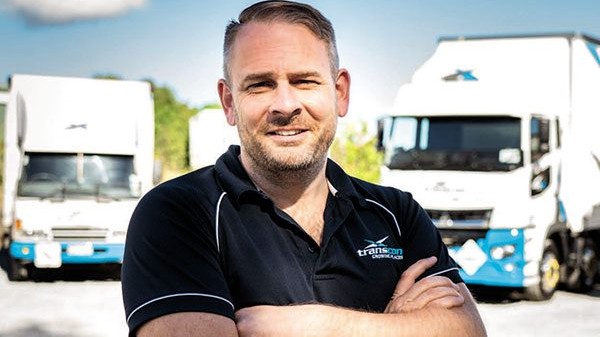A question of Infrastructure Capex

Crikey, I find myself with proof of at least one more individual reading my ramblings. Last month, I intimated that we could see a changing of the guard come election time, but who was I to know that Jacinda would read this fine publication and use it to make the gargantuan call to hand over the baton to one of her peers so early in proceedings?
The situation has somewhat rolled on from there in recent weeks, with Auckland’s local political leadership rearing its head, albeit slightly after the horse had bolted, with the unprecedented flooding event affecting the wider Auckland region in early February. As I type this column, the building around me is being angrily buffeted by the turbulence associated with the arrival of cyclone Gabrielle, and I note that this time around, we’ve seen an immensely proactive approach from Civil Defence, in particular, concerning the coming attractions.
It’s certainly been a pretty turbulent time in our neck of the woods, once again bringing to the fore a range of challenges only too familiar to our sector; those of outdated infrastructure bringing us to our knees and a frustrating lack of communication, or rather clarity of communication. I’m pretty sure I’m not alone in expecting that ‘we’ surely have more capability and firepower to call on than local Facebook traffic-update groups for our ‘source of truth’ in the case of such events.
A quick Google of flooding events across New Zealand in recent years returns no shortage of content to cast one’s eyes over, the frequency and severity of such events increasing at an alarming rate, and each event bringing with it a pretty raw exposure of our weakest links when it comes to infrastructure, be that roading or otherwise. Does anyone remember the South Island transport network on the brink of being brought to its knees as a result of the Ashburton Bridge flooding in June 2021? Or, more recently, the extensive damage to SH6 linking Nelson and Blenheim? Or the closure of the Mangamuka Gorge in 2020, the gateway to the Far North? It has been out of action for the best part of two years due to weather-related damage.
The fact that so many of these events are spoken about as unprecedented indicates their arrival and impact are at levels never seen before and that they are unexpected (as weather events often are) surely only adds to the need for greater resilience to be built into our roading infrastructure. I’m not talking about some minor tweaks to existing roads, but rather that we adopt a true national strategy on key transport ‘breaking points’ and focus on galvanising a network capable of withstanding the growing forces that Mother Nature seems determined to hurl in our direction. Nor am I talking solely roading, as rail has and will be as equally challenged by these weather events as our road transport network.
Across the country, we see some amazing pieces of infrastructure that feature the best in design and environmental considerations and, through their execution, have delivered heightened resilience. Think Transmission Gully and the elimination of the dreaded Pukerua Bay stretch that so often crippled movements out of the capital and ultimately between our two main islands. How good would life be if we could take that same approach across key connections nationwide, marrying up rail and roading infrastructure to safeguard the operation of both?
There is myriad examples across the country where this joint effort could pay huge dividends, whether it’s Hamilton- Tauranga, Whangarei-Marsden Point- Auckland, or Christchurch-Ashburton- Timaru to name but a few.
Costly? You bet it would likely be huge, but if I liken it to opex on keeping an older fleet member operating versus capex of a new fleet member, there’s the potential the cost may well come out less going down the capex root once the commitment has been made and the cost of heightened resilience (or lack thereof) enters the equation.
Let’s hope that someone, somewhere within the NZTA is looking closely at their fleet replacement and renewal programme (and looking at how they can leverage KiwiRail’s own plan). I mentioned last month that my word for 2023 is resilience; I figure this is a pretty good place to start.


